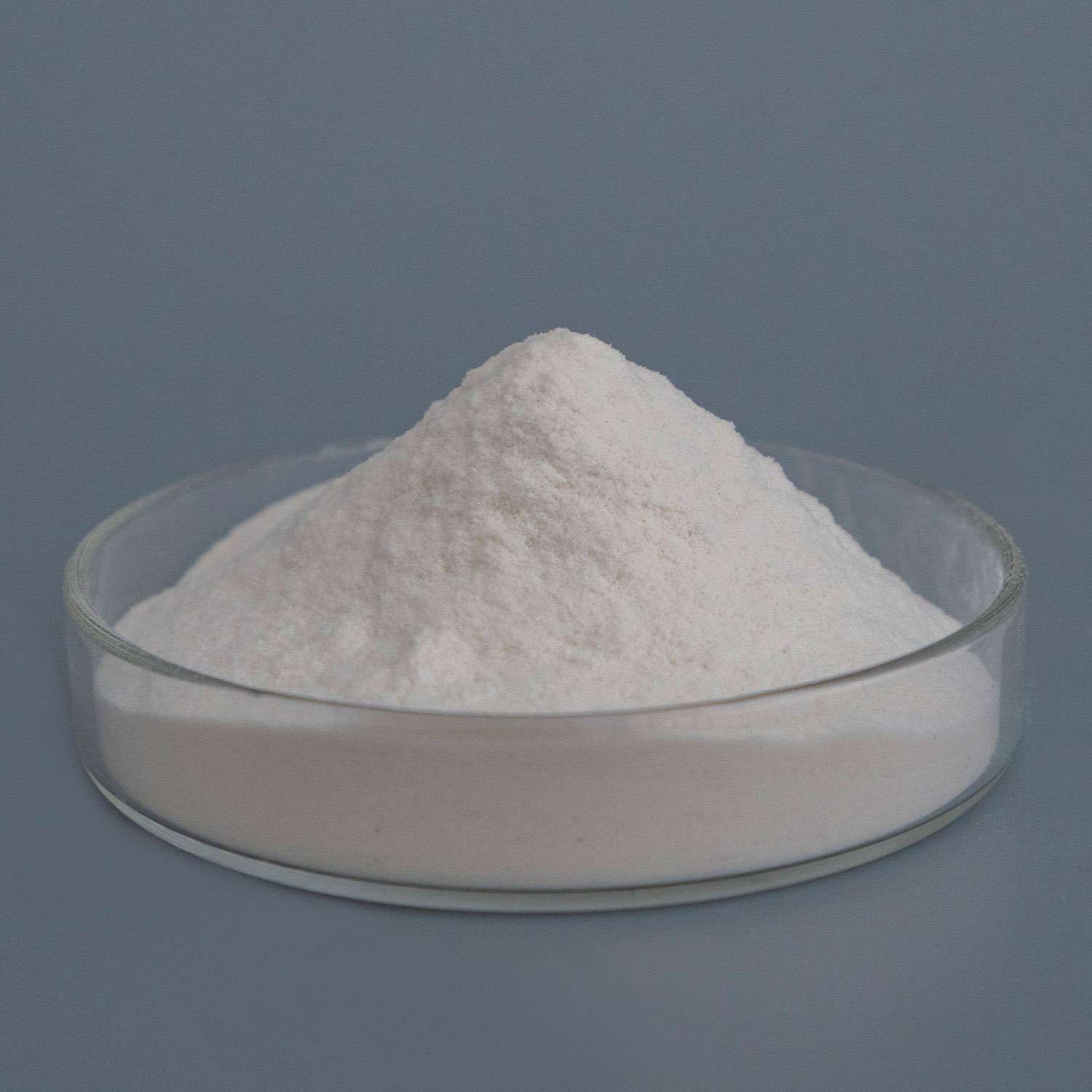Hydroxypropyl Methyl Cellulose (HPMC) is a widely used additive in mortar formulations due to its ability to enhance workability, water retention, adhesion, and mechanical properties. The dosage of HPMC in mortar significantly influences its performance characteristics, including consistency, setting time, strength development, and durability. This paper provides a comprehensive analysis of the impact of HPMC dosage on mortar performance, encompassing various aspects such as fresh properties, mechanical strength, microstructure, and long-term durability. The discussion includes an overview of the mechanisms underlying HPMC’s effects on mortar properties, factors affecting dosage optimization, and practical considerations for formulation design. Furthermore, recent research findings, case studies, and practical applications of HPMC in mortar are reviewed, highlighting its importance in achieving high-quality and sustainable construction materials.
Keywords: Hydroxypropyl Methyl Cellulose (HPMC), Mortar, Dosage, Performance, Workability, Strength, Durability
- Introduction Hydroxypropyl Methyl Cellulose (HPMC) is a cellulose ether widely used in mortar formulations to improve various properties and performance characteristics. The dosage of HPMC plays a crucial role in determining the behavior and performance of mortar mixes, influencing both fresh and hardened properties.
- Impact of HPMC Dosage on Fresh Properties 2.1. Workability The dosage of HPMC significantly affects the workability of mortar mixes by influencing water demand, flowability, and ease of handling. Higher HPMC dosages typically result in improved workability, allowing for easier placement, compaction, and finishing.
2.2. Water Retention HPMC acts as a water retention agent in mortar, preventing excessive water loss during mixing, transportation, and placement. The dosage of HPMC directly influences the water retention capacity of mortar, affecting consistency, setting time, and early-age strength development.
- Influence on Mechanical Strength 3.1. Early-Age Strength The dosage of HPMC can impact the early-age strength development of mortar mixes, with higher dosages often leading to reduced initial strength due to increased water retention and delayed hydration of cementitious materials.
3.2. Long-Term Strength Optimizing the dosage of HPMC is essential for achieving desired long-term mechanical strength and durability properties in mortar. Proper dosage selection can enhance bond strength, compressive strength, and flexural strength, ensuring the structural integrity and performance of mortar over time.
- Microstructural Effects 4.1. Air Void Formation The dosage of HPMC influences the air void structure in mortar, affecting its porosity, permeability, and resistance to freeze-thaw cycles. Proper dosage optimization can improve air entrainment efficiency and enhance freeze-thaw resistance in mortar.
4.2. Hydration Kinetics HPMC dosage can affect the hydration kinetics of cementitious materials in mortar, influencing the formation of hydration products, pore structure development, and overall microstructural characteristics. Higher dosages may delay cement hydration, leading to prolonged setting times and reduced early-age strength.
- Factors Affecting Dosage Optimization 5.1. Cement Type and Composition The type and composition of cement used in mortar formulations can influence the optimal dosage of HPMC, as different cementitious materials exhibit varying hydration kinetics, reactivity, and compatibility with additives.
5.2. Aggregate Properties Aggregate characteristics, such as particle size distribution, surface texture, and mineralogy, can affect the interaction between HPMC and other components in mortar, influencing workability, strength development, and durability.
- Practical Considerations for Formulation Design 6.1. Dosage Selection Optimizing the dosage of HPMC in mortar requires careful consideration of desired properties, performance requirements, and project-specific conditions. Dosage trials, performance testing, and quality control measures are essential for achieving optimal results.
6.2. Compatibility with Other Additives HPMC should be compatible with other additives commonly used in mortar formulations, such as superplasticizers, air-entraining agents, and mineral admixtures. Compatibility testing and formulation adjustments may be necessary to ensure proper interaction and synergy between additives.
- Recent Research Findings and Practical Applications Recent research studies and practical applications of HPMC in mortar highlight its importance in achieving high-quality, durable, and sustainable construction materials. Case studies demonstrate the beneficial effects of HPMC dosage optimization on various performance parameters, including workability, strength, and durability.
- Conclusion The dosage of Hydroxypropyl Methyl Cellulose (HPMC) significantly influences the performance of mortar mixes, affecting properties such as workability, mechanical strength, microstructure, and durability. Proper dosage optimization is essential for achieving desired performance characteristics and ensuring the quality and longevity of mortar in construction applications.
References: [List of relevant research articles, technical reports, and industry standards on the impact of HPMC dosage on mortar performance.]


